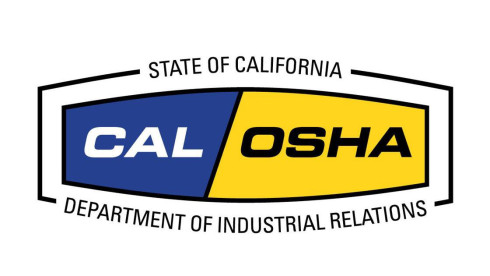By: Thomas B. Song
Governor Newsom’s televised news briefing on July 24, 2020, provided clues that enhanced enforcement of COVID-19 workplace safety is in the works. Likely, in response to criticism of the perceived ineffective response to worker protection during COVID-19, labeling Cal/OSHA as a “remote” investigatory agency, staying at home while other workers risk health and safety on a daily basis.
Newsom announced that the spread of COVID-19 disproportionately affected the essential workforce – construction, truck drivers, healthcare and first responders, cashiers, grocery workers, agriculture and farm workers, etc. – and that plans were underway for “targeted” and “strategic enforcement of labor laws”, no doubt from Cal/OSHA.
The Governor also mentioned the need to call out “bad actors” that give other companies in the industries a bad name. He also indicated a need to “waive” or modify some timelines associated with regulatory enforcement, noting that it can take over six months to “move an enforcement action.” While he did not mention a particular enforcement mechanism or jurisdiction, six months is the same amount of time that it takes for an expedited appeal to make its way through the Cal/OSHA Appeals Board process, including the time to issue a decision following an expedited hearing. Coincidence? Most likely not.
Cal/OSHA’s July 16th press release urged “all employers in California to carefully review and follow the state’s COVID-19 workplace safety and health guidance to ensure their workers are protected from the virus.” The new Cal/OSHA Chief, Doug Parker, reinforced that “[e]xisting regulations require employers to implement effective measures to protect employees from worksite hazards, including recognized health hazards such as COVID-19,” and reminded employers that, “[w]e’ve designed guidance documents for more than 30 industries so employers have a roadmap.”
Although not specifically mentioned by the Chief, “existing regulations” is an obvious inference to the Injury and Illness Prevention Program (IIPP) regulation, which (as we’ve already discussed in prior blog articles) requires all employers in California to have effective measures in place to address known hazards in the workplace, including the threat of COVID-19. (For more information on the IIPP, see CDF’s past articles from earlier this summer [here] and [here].)
Also, unlike the onerous Federal OSHA “General Duty Clause” – which requires a hazard to be “likely to cause serious injury or death” – no such standard is required under California’s IIPP mandate. An IIPP violation is often a “General-classification,” which only requires a “relationship to occupational safety and health of employees.” Needless to say, that with all the industry guidance put out by Cal/OSHA, Cal/OSHA will have a strong case against employers that do not incorporate the listed precautions into their IIPPs, or otherwise do not take the COVID-19 guidance seriously. All the signs point to stricter enforcement of COVID-19 workplace safety laws in the very near future, and most likely in the form of Cal/OSHA citations targeted against some of the “bad actors” mentioned by the governor. California employers, whether essential businesses or not, should take heed of the guidance, incorporate appropriate COVID-19 workplace protections into their IIPPs and train their workforce on protection against COVID-19 as soon as possible.
